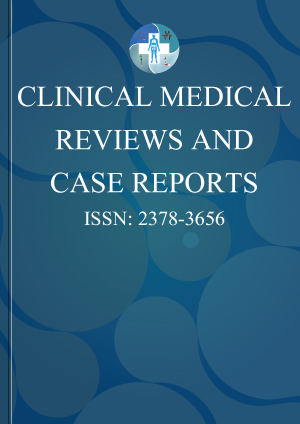Archive
Open Access DOI:10.23937/2378-3656/1410232
Kaundinya Kiran Bharatam
Article Type: Research Article | First Published: August 17, 2018
Article Formats
- Full Article
- XML
- EPub Reader
Open Access DOI:10.23937/2378-3656/1410230
A Chronic Precipitant for Acute Intermittent Porphyria
Nick Li
Article Type: Case Report | First Published: August 15, 2018
Article Formats
- Full Article
- XML
- EPub Reader
Open Access DOI:10.23937/2378-3656/1410229
Kaundinya Kiran Bharatam
Article Type: Case Report | First Published: August 10, 2018
Article Formats
- Full Article
- XML
- EPub Reader
Open Access DOI:10.23937/2378-3656/1410228
Elahe Dadvar and Alireza Heidari
Article Type: Review Article | First Published: August 10, 2018
Article Formats
- Full Article
- XML
- EPub Reader
Open Access DOI:10.23937/2378-3656/1410227
Borderline Personality Disorder with Psychopathic Traits: A Critical Review
Lopez-Villatoro JM, Palomares N, Diaz-Marsa M and Carrasco JL
Article Type: Research Article | First Published: August 04, 2018
Article Formats
- Full Article
- XML
- EPub Reader
Open Access DOI:10.23937/2378-3656/1410226
Diagnosis of Tardive Dyskinesia in an Oral Surgical Office
Shamit S Prabhu, Sameh Almousa, Kevin Fortier and Uday N Reebye
Article Type: Case Report | First Published: August 03, 2018
Article Formats
- Full Article
- XML
- EPub Reader

Volume 5
Issue 8
Issue 8
